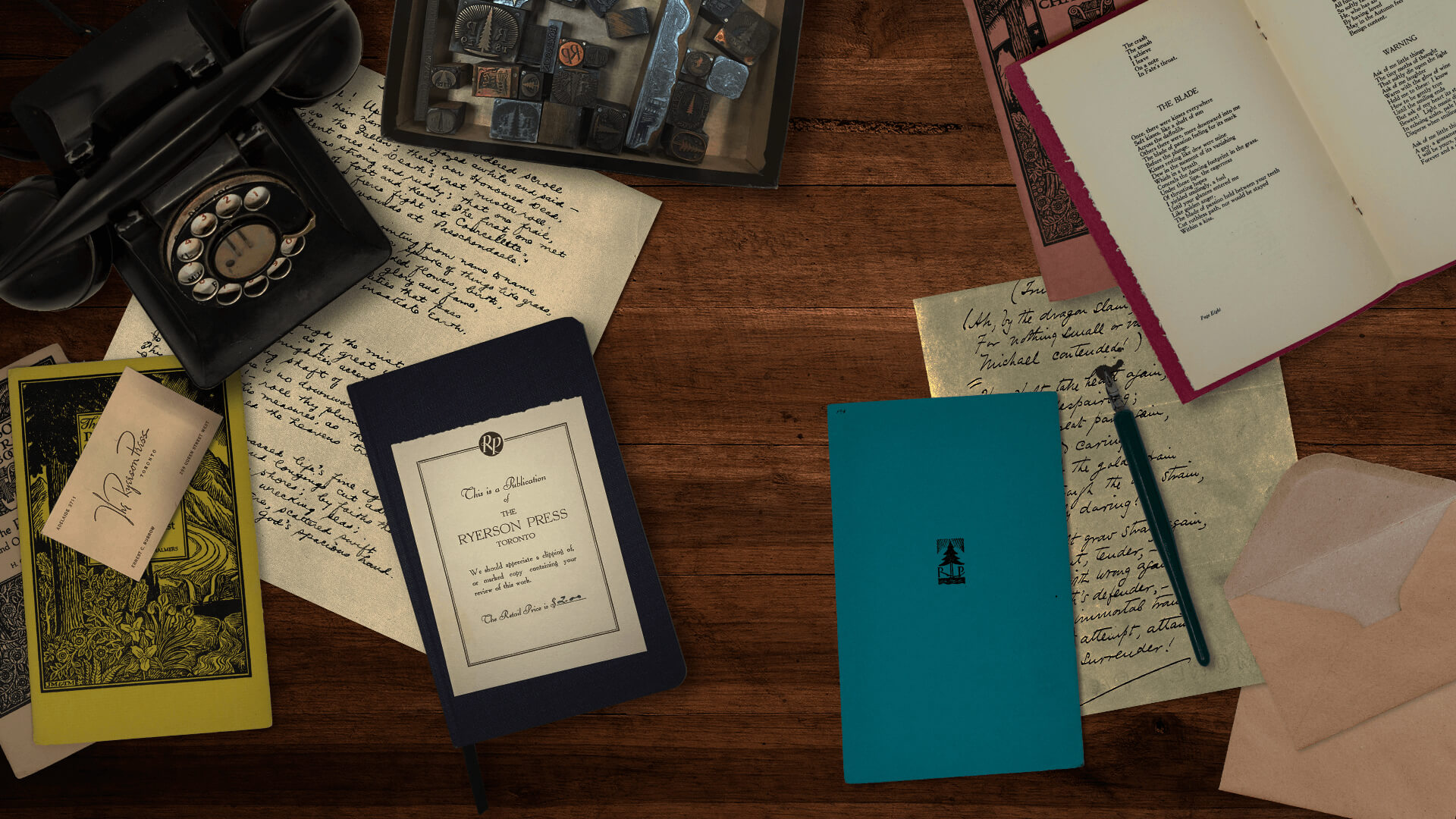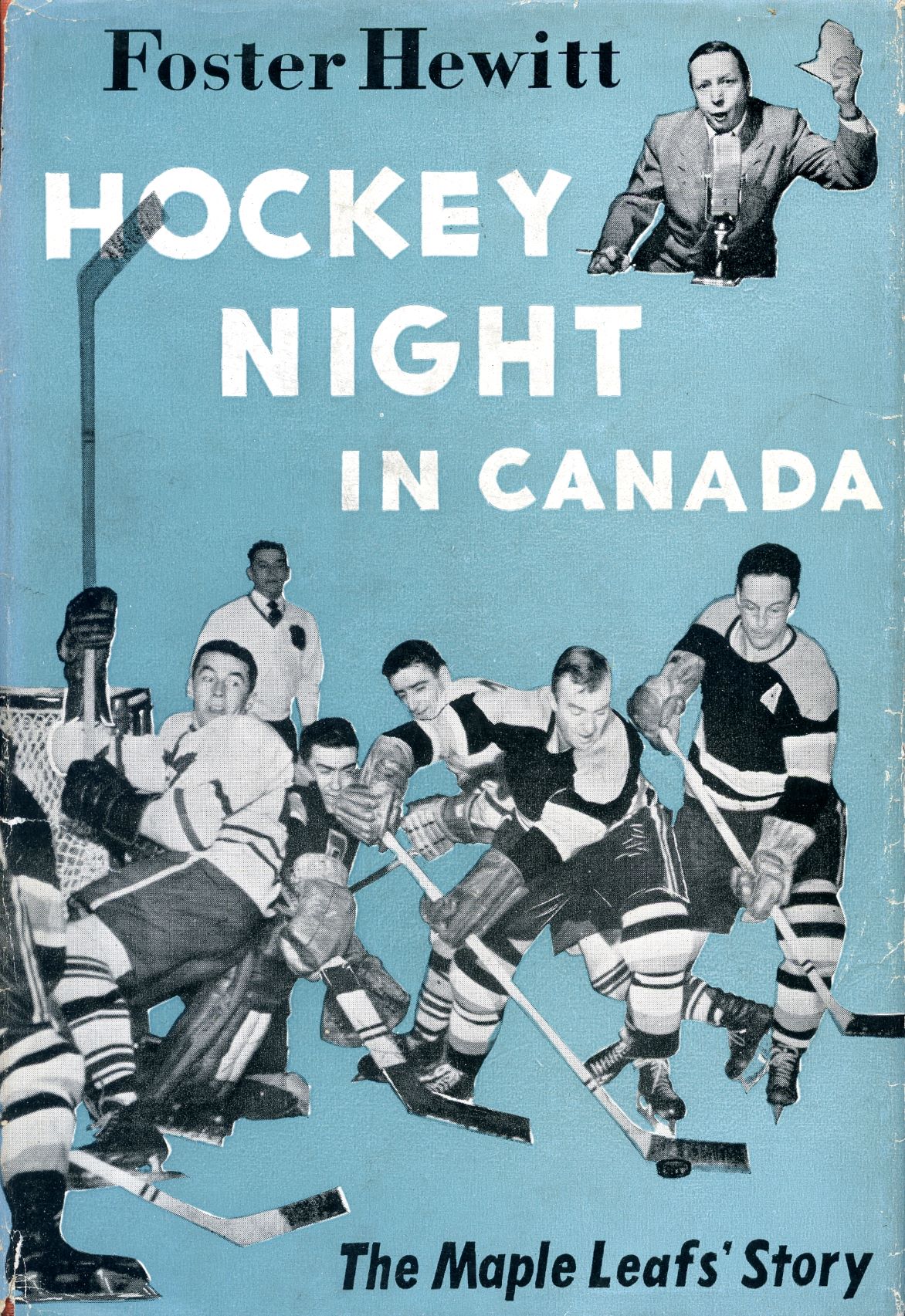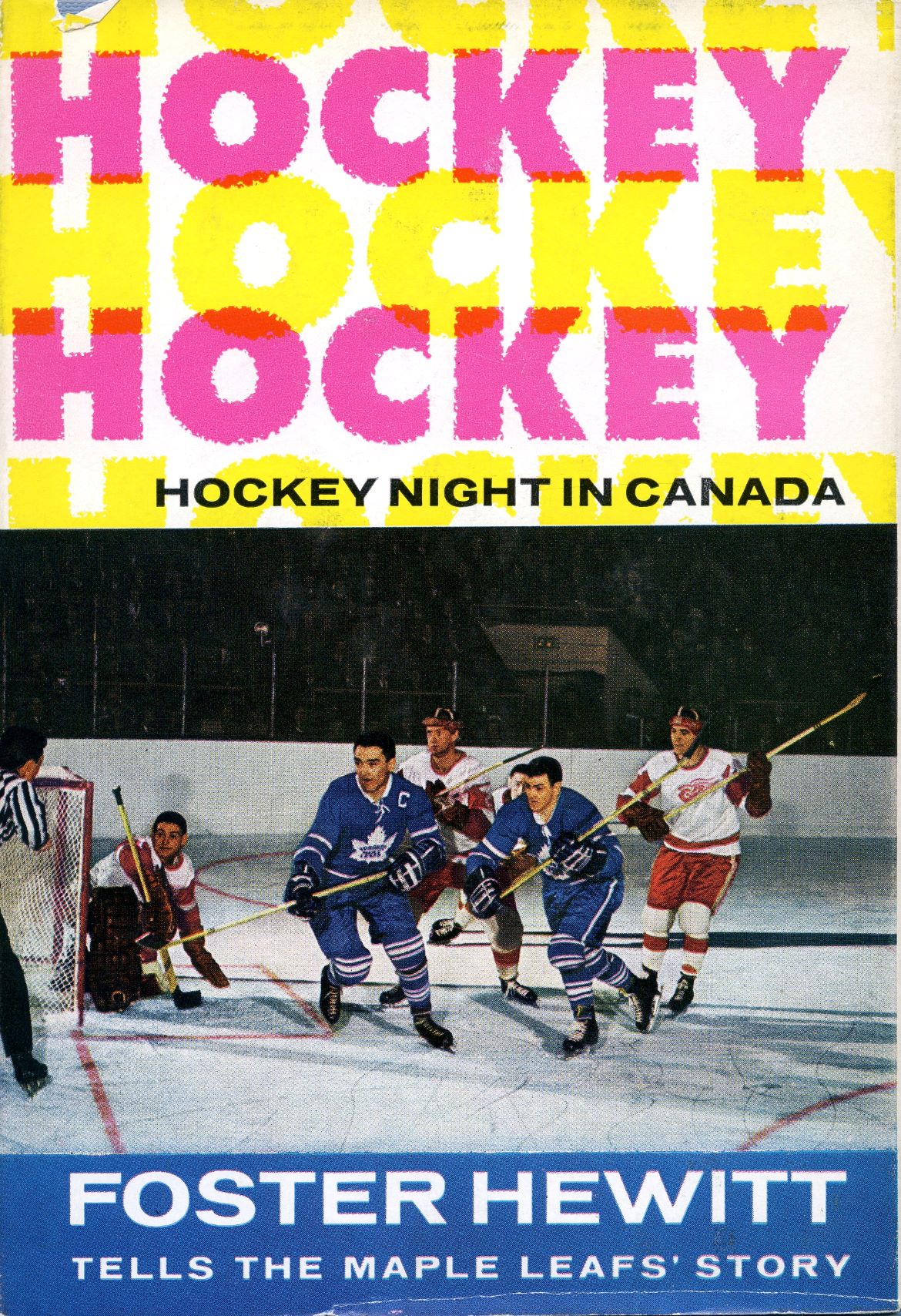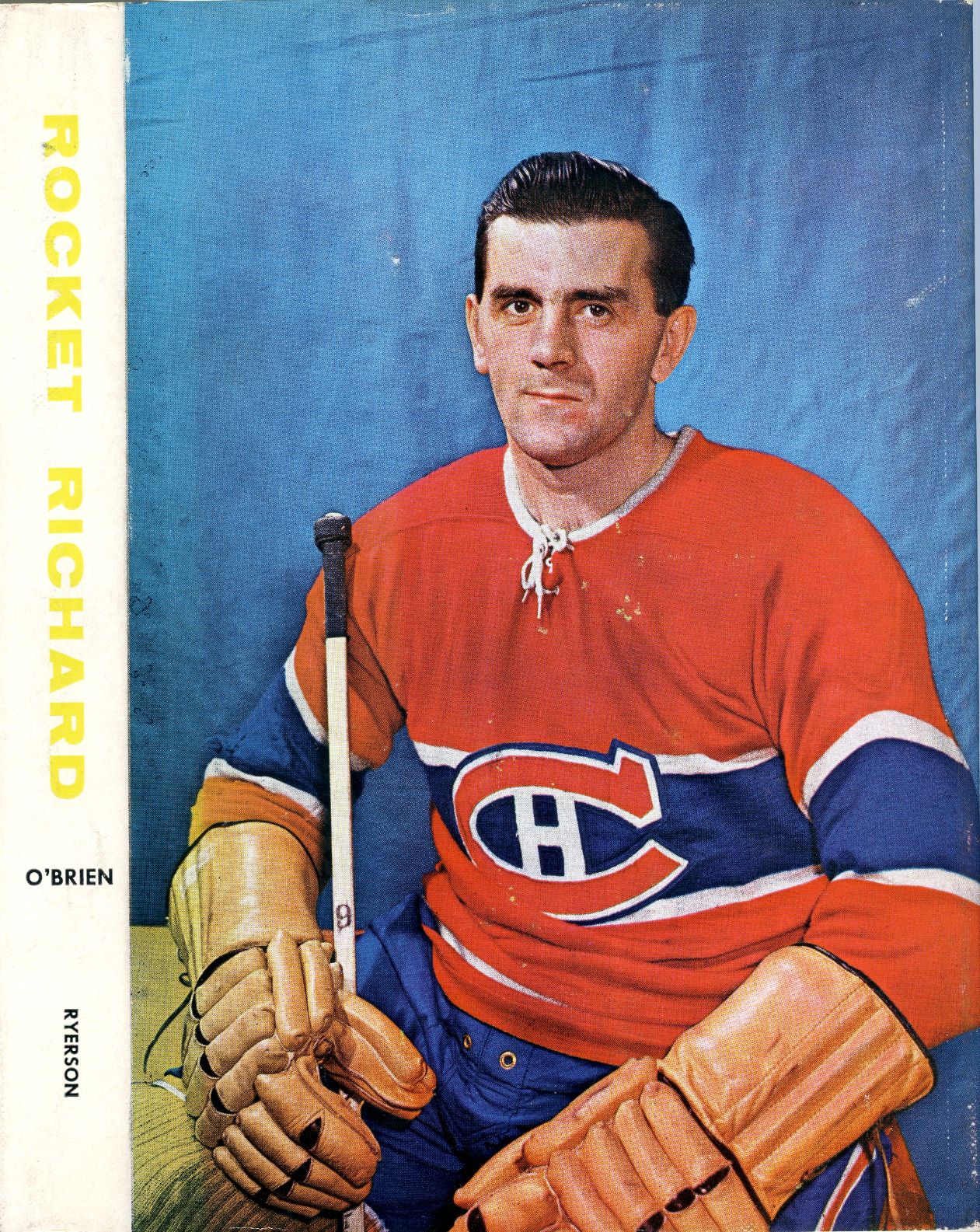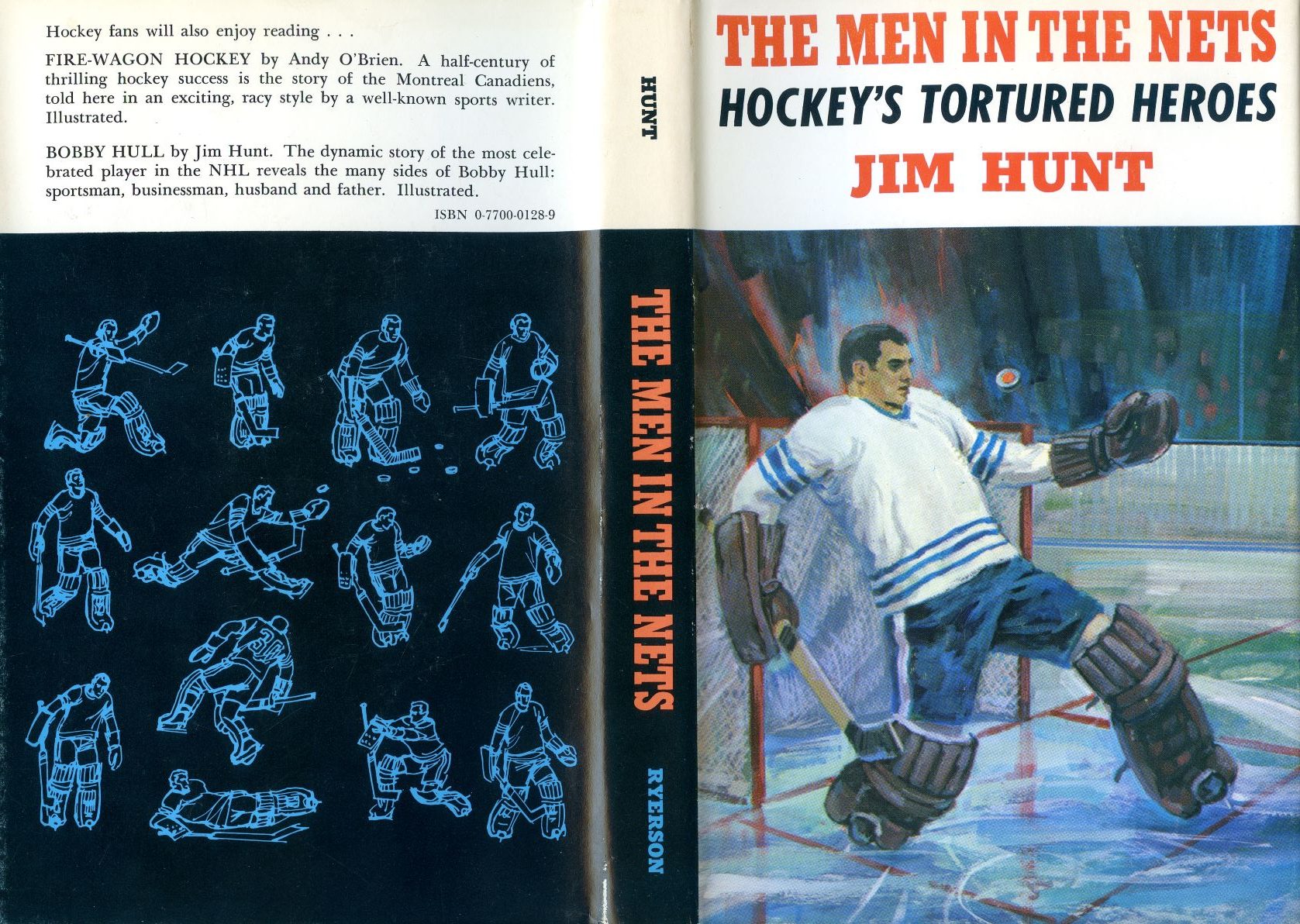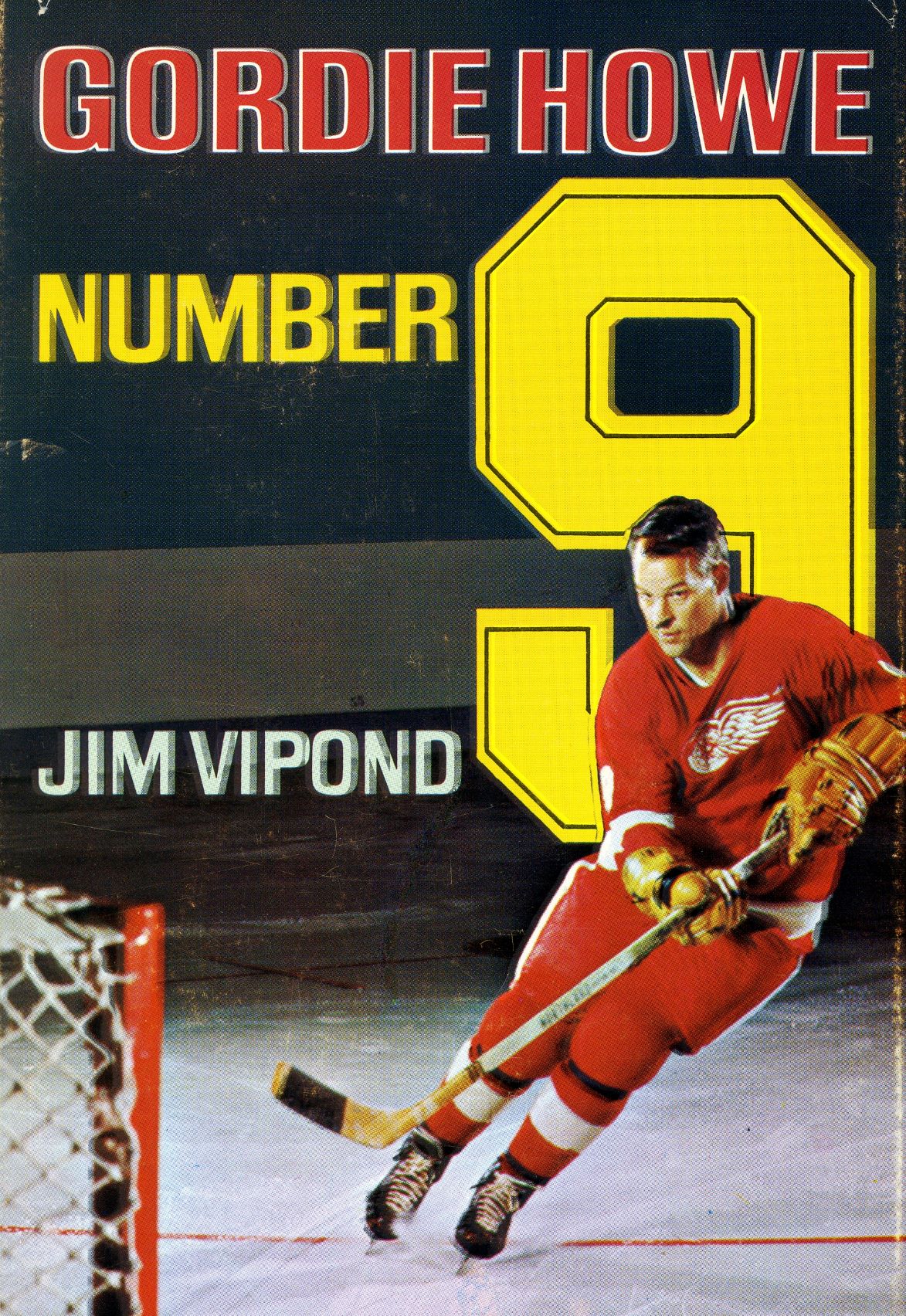Ice hockey as a subject had little appeal to Lorne Pierce, the long-serving editor of Ryerson Press. Under new leadership in the 1960s, however, the press began aggressively to seek out books about professional hockey in Canada. During that decade a surprising number of hockey books – eleven in total – appeared under the Ryerson imprint.
This attention followed from two factors. First, it had become apparent to most observers that the sport of hockey was capturing, as never before, the imaginations of many Canadians of all ages. Second, there were a number of popular urban journalists who were covering hockey for major newspapers and who individually had stories to tell and books to sell. What better way to tap into a growing market than to commission or accept manuscripts about the star performers and the six teams in the National Hockey League?
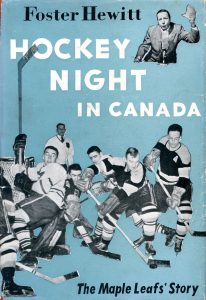
The growing attention to hockey was in part a media phenomenon. While a steady interest in amateur hockey persisted across the country, public attention to professional hockey had been increasing noticeably during the postwar years. Home games in Toronto and Montreal were available on local radio and major newspapers featured game reports and hockey stories in and out of season. Fan interest in the two Canadian teams in the National Hockey League – the Montreal Canadiens and the Toronto Maple Leafs – was growing by leaps and bounds. Foster Hewitt (1902-1985), who began in the mid-1930s to broadcast the Toronto Maple Leafs games on Toronto radio from the gondola in Maple Leaf Gardens, became the CBC’s national television announcer in the early 1960s; indeed, Hockey Night in Canada (also on Radio Canada in Quebec) became a mainstay on Saturday nights, even though in the early years the broadcasts began with the second period and were presented in black and white. Families across Canada gathered around the television set on Saturday nights to watch those games and cheer the Leafs or Canadiens to victory. I was one of those Toronto kids who keenly made scrapbooks that included the box scores of Leaf games and pictures taken from Toronto newspapers.
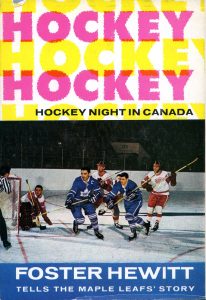
Hewitt’s Hockey Night in Canada: The Maple Leafs’ Story (1953) was the Ryerson path-breaker. It began with a brief history of hockey in Canada and then concentrated on the story and legends of the Toronto Maple Leafs’ franchise. The first edition sold steadily and by 1961 a revised text was called for; second and third editions were printed that same year, based on Hewitt’s revisions and a new preface. The success of Hewitt’s Hockey Night in Canada attested not only to the emergence of an eager readership for books about hockey, but also the name recognition of its author. The volume was revised again in 1968.
Defining hockey as “Canada’s national winter sport,” Hewitt noted that, because of the growing popularity of the Winter Olympics and the world hockey championships, the sport had become “more than a national game.” With more cultural optimism (in terms of race and skin colour) than the facts allowed, he concluded: “In our own country, while hockey is usually played for its sheer enjoyment, its outdoor rinks and enclosed arenas are also meeting places for youth of all origins, where race, colour, and creed are forgotten. Stewarts, Kellys, Smiths, Geoffrions, Delvecchios, Mahovlichs, Ullmans and Howes combine for the glory of the team, and in the process Canada gains in unity and strength.”1
Sports journalists in Toronto and Montreal provided the hockey expertise required by Ryerson Press. Andy O’Brien (1910-1987) led the way in his native Montreal. He published five books for Ryerson focusing on the province of Quebec’s powerful “Les Canadiens.” He began with Rocket Richard (1961) and followed up with Headline Hockey (1963), Fire-Wagon Hockey: The Story of the Montreal Canadiens (1967), Young Hockey Champions (1969), and his contribution to a collected volume entitled Hockey Hat Trick (1970), a reprint of the aforementioned Fire-Wagon Hockey. In the 1970s he would continue to write books about hockey and the Montreal Canadiens for McGraw-Hill Ryerson and for French-Canadian publishers.
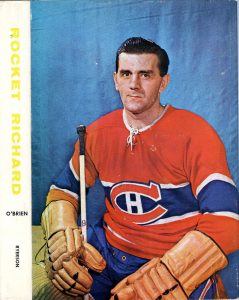
O’Brien’s base was the Montreal Star, but he became well known across the country as the sports editor of the nationally distributed Weekend Magazine. While he wrote extensively about football, hockey, baseball, and horse racing, among other sports, his presence in Montreal allowed him to focus specifically on the doings of the Montreal Canadiens’ hockey club (or Les Habitants or the Habs, as they were popularly known). In Rocket Richard he made the case for the fiery, fast-skating “Rocket” as Canada’s greatest hockey player. He was, after all, the first player to score 500 goals during his oft-injured, highly flamboyant career. As well, he helped to lead the Canadiens to five consecutive Stanley Cups (1955-1960). Overall, he played on a remarkable eight Stanley Cup champion teams. For many Quebecers he outshone other contemporary francophone stars, such as Boom-Boom Geoffrion, Dickie Moore, the young Jean Beliveau, and the Rocket’s younger brother, Henri, “the Pocket-Rocket” Richard.
By the early 1960s, the Rocket had become a cultural icon in Quebec; he was a symbol not only of the province’s excellence in athletics, but also the ways the Quebec sporting psyche was often misunderstood and mistreated by the rest of Canada. O’Brien recounts in colourful detail the game in 1957 when Maurice Richard was suspended for the rest of the season by NHL President Clarence Campbell for his part in a stick fight in Boston. Montrealers staged a riot to protest the fresh suspension of the often-suspended Rocket. That riot has since achieved legendary status and has added to the myth of both the player and his team. Celebrating the Rocket and his very successful teammates, O’Brien was a hagiographer of the first order, analytical to be sure, but devoted above all to making the stars shine bright on the Canadiens’ great star and their remarkable string of championships.
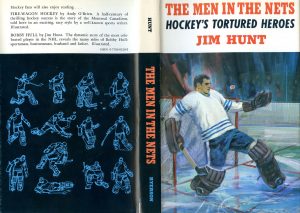
In Toronto, Jim Hunt, Jim Vipond, and Scott Young were the popular journalists who helped to promote the game and its great players. Jim Hunt (1926-2006) parlayed his sports writing with the Toronto Star and his radio work in the city into three Ryerson books. His first two, The Men in the Nets, appeared in 1967. Both books were also sold to the American publisher Follett in Chicago and both contained several pages of black and white action photos. In fact, most of Ryerson’s hockey books were to Follett. The Men in the Nets proved very popular in Canada, receiving its third Ryerson printing in 1970.2 Hunt also contributed Bobby Hull to Hockey Hat Trick; that collected volume also included previously published books by Jim Vipond and Andy O’Brien.
Hunt’s book about the trials and tribulations of NHL netminders hit a sensitive chord among hockey readers; it sold well in part because Hunt focused on stories highlighting the gruesome facial injuries they suffered and the pressures placed upon them as the last line of defense. Before the 1960s, even as the era of slap shots had begun, goalies at all levels of hockey played without face masks and helmets. O’Brien’s later book, The Jacques Plante Story (Toronto: McGraw-Hill Ryerson, 1973), focused on the fateful day in November 1959 when Jacques Plante, tending goal for the Canadiens, returned to the net immediately after being stitched up at the Montreal Forum. He came back to the ice surprising fans and commentators by wearing a goalie mask for the first time in an NHL game.
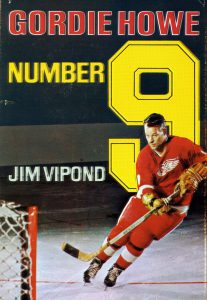
Globe and Mail sports columnist Jim Vipond (1916-1989) wrote a very popular biography, Gordie Howe, Number 9, for Ryerson in 1968. It went through several printings and editions (1970, 1971) at Ryerson Press / McGraw-Hill Ryerson and, like Hunt’s The Men in the Nets, was published by Follett in the United States.3 Howe was by that time a long-standing superstar in the waning years of his stellar career with the Detroit Red Wings. Over time he had surpassed Rocket Richard in measures of hockey success in the National Hockey League. A nineteen-time All Star, he had won six Hart Trophies as Most Valuable Player and six as the NHL’s leading scorer. Indeed, he continued to play professional hockey into his fifties alongside his two sons, a feat no one else has come close to repeating. Gordie Howe, Number 9 also found favour with a publisher outside of North America, appearing in a Russian-language edition in 1983 (Gordi Chou, nomer 9).
The contribution of Scott Young (1918-2005) was different. Already a successful Toronto sports writer and a well-known Hockey Night in Canada commentator, he was among the high-profile Canadian hockey writers Ryerson wished to include. But having already written three very successful hockey books for young boys, and having no specific hockey subject at the ready, he responded by putting together a collection of 49 sports articles he had written for the Globe and Mail. Its title was Sports Stories and it appeared in 1965. While several of the stories were about hockey, one in particular has drawn criticism in recent years. In “Has Your Sweetie a Charley Horse?” he wrote chauvinistically about his “unsuccessful career of attempting to ignore girls’ hockey.”4 Expressing the then-common male view that women ought not to engage in the aggressive and, at times, brutal game of hockey, he played off the popular image of the pretty young woman against the far less attractive image of a scar-faced female hockey player with a body like a football linebacker.

Two other sports writers had hockey books published by Ryerson. The first, Henry (Hall) Roxborough, breaks the pattern of the professional journalist as expert. A Toronto history authority and baseball organizer, he wrote The Stanley Cup Story in 1964. It too was published by Follett in Chicago and was followed by a revised edition published by McGraw-Hill Ryerson in 1971. But The Stanley Cup was not Roxborough’s first book for Ryerson. He already had four sports books on the Ryerson list: Great Days in Canadian Sport (1957), Olympic Hero: A Tale of the 87th Greek Games (1960), One Hundred – Not Out: The Story of Nineteenth-Century Canadian Sport (1966), and Canada at the Olympics (1969). In 1967 he would ghostwrite Foster Hewitt: His Own Story and share the royalties with Hewitt.
The other was Gerald Eskenazi (b. 1936), then a well-known sports writer for the New York Times; he wrote copiously on baseball, football, and hockey. His Hockey (1969) was published simultaneously by Follett in the United States. It sold well and was regarded, according to its author, as “the first really good-looking and serious, big picture book on the sport.”5 Eskenazi would write five more hockey books, including A Thinking Man’s Guide to Pro Hockey (New York: Dutton, 1976).
1 Foster Hewitt, Hockey Night in Canada: The Maple Leafs Story (Toronto: Ryerson Press, 1961) v.
2 The Men in the Nets, by Jim Hunt, Production Card, McGraw-Hill Ryerson Press Collection, Archives and Special Collections, Ryerson University Library.
3 Gordie Howe, Number 9, by Jim Vipond, Production Card, McGraw-Hill Ryerson Press Collection, Archives and Special Collections, Ryerson University Library.
4 Scott Young, “Has Your Sweetie a Charley Horse?” in Sports Stories, by Young (Toronto: Ryerson Press, 1965).
5 Eskanazi quoted in Joe Pelletier, Hockey Book Reviews.com, 3 August 2010. http://www.hockeybookreviews.com/2010/08/hockey-by-gerald-eskenazi.html.
